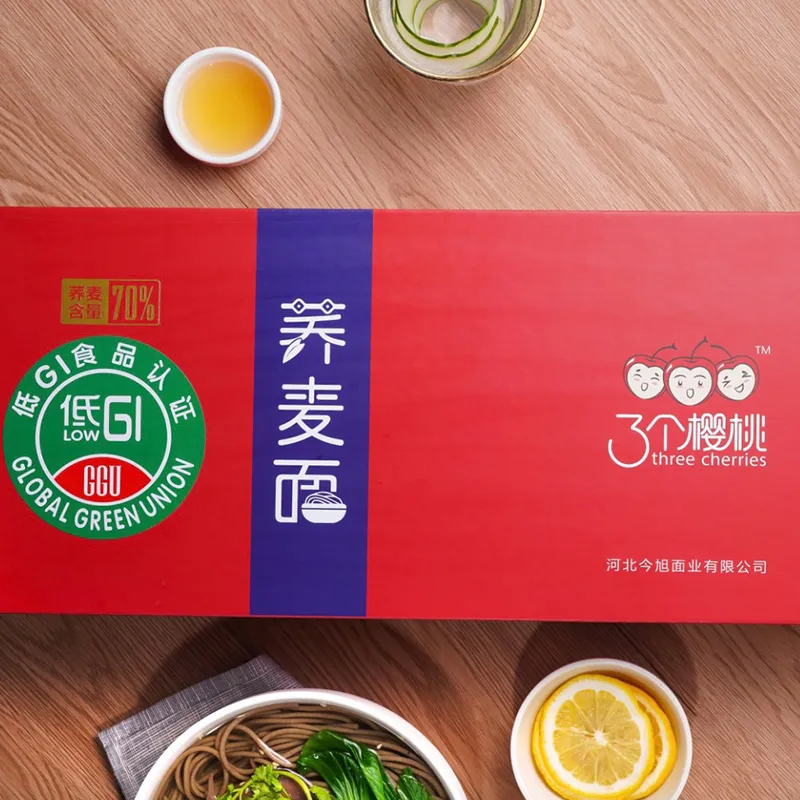handmade ramen noodles
The Art of Handmade Ramen Noodles
Ramen has become a beloved dish worldwide, celebrated for its rich flavors and comforting qualities. While there are many ways to enjoy this noodle soup, nothing compares to the experience of indulging in handmade ramen noodles. The delicate process of creating these noodles not only highlights the craftsmanship involved but also elevates the dish to a whole new level.
The journey of handmade ramen noodles begins with the selection of high-quality ingredients. Traditionally, ramen is made with just three main components flour, water, and kansui (an alkaline mineral water). The choice of flour is crucial, as it dictates the texture and flavor of the noodles. A higher protein content flour enables the noodles to achieve the perfect chewy and springy consistency that fans of ramen crave. Many artisans prefer to use specific types of wheat flour, often imported from regions known for their superior milling techniques.
Once the ingredients are gathered, the process of making the dough begins. The flour is combined with water and kansui to create a dough that is both elastic and strong. The unique alkalinity of kansui is what gives ramen noodles their signature yellow color and firm texture. The dough is mixed thoroughly, often by hand, before being allowed to rest. This resting period is essential as it helps the gluten develop, resulting in a better final product.
After resting, the dough is rolled out and stretched to achieve the desired thickness. This step requires patience and skill, as the dough must be thin enough to cook quickly while remaining sturdy enough to hold up in a bowl of steaming broth. Many artisans employ traditional techniques learned from generations past, ensuring that each batch of noodles retains authenticity.
handmade ramen noodles

Once rolled out, the dough is cut into strands. The width of the noodles can vary depending on the style of ramen being prepared. Some prefer thin, delicate noodles that soak up the broth’s flavors, while others may opt for thicker, heartier strands that stand up to rich toppings. Regardless of the style, the cutting process must be precise to ensure uniform cooking and a pleasing texture.
Cooking the noodles is a crucial moment in the ramen-making process. Handmade noodles, unlike their commercial counterparts, typically require a shorter cooking time due to their fresh nature. They are plunged into boiling water for just a few minutes until they reach a perfect al dente state. The key is to avoid overcooking, as the inherent qualities of handmade noodles can be lost if left in boiling water for too long.
Once cooked, the noodles are drained and added to a bowl, ready to be adorned with a rich broth that has been simmering for hours, flavored with ingredients like soy sauce, miso, or pork bones. The toppings that accompany the ramen are equally important; slices of chashu (braised pork), soft-boiled eggs, green onions, and nori (seaweed) are just a few of the many possibilities.
The experience of enjoying handmade ramen noodles goes beyond just the meal; it connects diners with the artistry and dedication of the chef. Each bowl serves as a testament to the time-honored traditions of noodle-making, bringing people together in a shared appreciation for food that is both simple and complex.
In summary, handmade ramen noodles represent more than just a culinary treat; they embody a rich cultural heritage that celebrates craftsmanship. The process, from selecting the finest ingredients to the attentive preparation and exquisite presentation, transforms a simple dish into an art form. As ramen continues to evolve in kitchens around the world, the timeless appeal of handmade noodles remains, inviting everyone to savor the delicious journey from dough to bowl.
-
Unlock the Delicious Potential of Yam NoodlesNewsAug.11,2025
-
The Authentic Taste of Lanzhou NoodlesNewsAug.11,2025
-
Savor the Art of Hand Pulled NoodlesNewsAug.11,2025
-
Indulge in the Timeless Delight of Spaghetti BologneseNewsAug.11,2025
-
Indulge in the Rich Flavor of Braised Beef NoodlesNewsAug.11,2025
-
Elevate Your Meals with the Magic of Fresh PastaNewsAug.11,2025
-
Unleash Your Inner Chef with Delectable Italian Pasta CreationsNewsAug.01,2025
Browse qua the following product new the we

















































































































